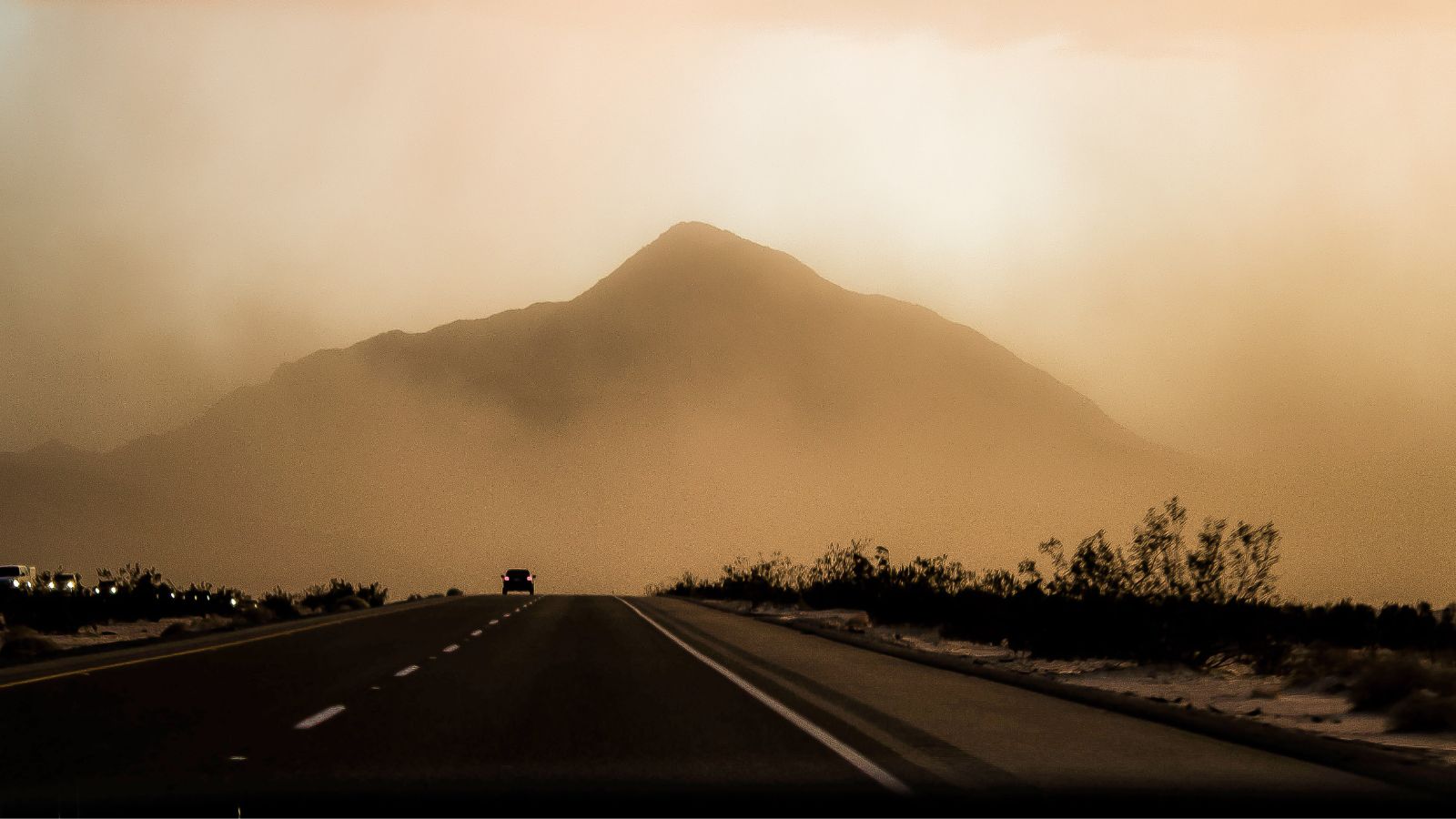As the climate warms, parts of the American Southwest are experiencing more frequent dust storms.
“What happens is there is a mixture of drought or dry conditions, higher temperatures, and reduced soil moisture, as well as wind, that come together and create these giant walls of sand and dust,” says Dr. Caitlin Rublee, an assistant professor of emergency medicine at the University of Colorado.
She says these events are harmful to human health. The airborne particles can hurt people’s eyes, airways, and lungs.
“In severe circumstances, they’ll have such difficulty breathing that they’ll get something like air hunger whereby they have to come to the emergency department and see me because they are just gasping for air,” Rublee says.
She was part of a team that analyzed data on intensive care unit admissions and dust storms over a 15-year period. They found that admissions for respiratory problems increased by an average of about 9% on the day of a dust storm.
So as the Southwest gets hotter and drier, there’s a growing need for doctors to educate vulnerable patients about the risks and for early warning systems to alert people about possible dust storms.
Reporting credit: Sarah Kennedy/ChavoBart Digital Media
Source link


